Emission of volatile organic compounds from petunia flowers is facilitated by an ABC transporter
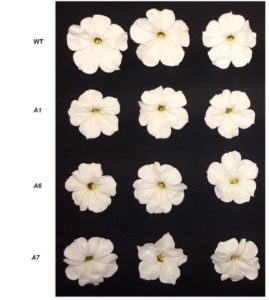 Plants can emit up to 10% of the carbon they fix as volatile organic compounds (VOCs), which function in abiotic stress tolerance, pollinator attraction, signalling between plants, and defending against pathogens and herbivores. It has been an open question whether these small molecules pass directly and passively through the plasma membrane or whether their transport is facilitated by proteins. Given that waxes are transported through ABC transporters, Adebesin et al. queried petunia petal RNA sequencing datasets for ABC transporters. They identified PhABCG1 which has expression patterns consistent with being involved in volatile transport; expression of the protein in cultured tobacco cells demonstrated that it can transport methylbenzoate and benzyl alcohol, two abundant petunia petal VOCs. Gene expression knock-down through RNAi decreased VOC emission from petunia petals, and the petals showed disruptions to the plasma membrane, presumably due to the accumulation of the VOCs within the cell. The extent to which ABC transporters are involved in other plants and other VOCs remains to be seen. Science 10.1126/science.aan0826
Plants can emit up to 10% of the carbon they fix as volatile organic compounds (VOCs), which function in abiotic stress tolerance, pollinator attraction, signalling between plants, and defending against pathogens and herbivores. It has been an open question whether these small molecules pass directly and passively through the plasma membrane or whether their transport is facilitated by proteins. Given that waxes are transported through ABC transporters, Adebesin et al. queried petunia petal RNA sequencing datasets for ABC transporters. They identified PhABCG1 which has expression patterns consistent with being involved in volatile transport; expression of the protein in cultured tobacco cells demonstrated that it can transport methylbenzoate and benzyl alcohol, two abundant petunia petal VOCs. Gene expression knock-down through RNAi decreased VOC emission from petunia petals, and the petals showed disruptions to the plasma membrane, presumably due to the accumulation of the VOCs within the cell. The extent to which ABC transporters are involved in other plants and other VOCs remains to be seen. Science 10.1126/science.aan0826


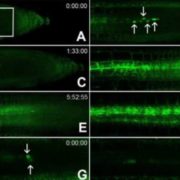

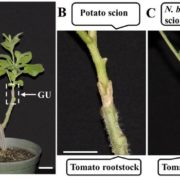
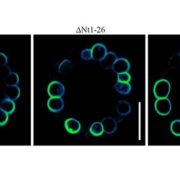
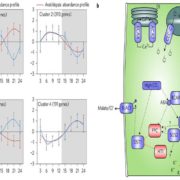
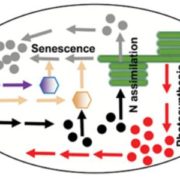


Leave a Reply
Want to join the discussion?Feel free to contribute!